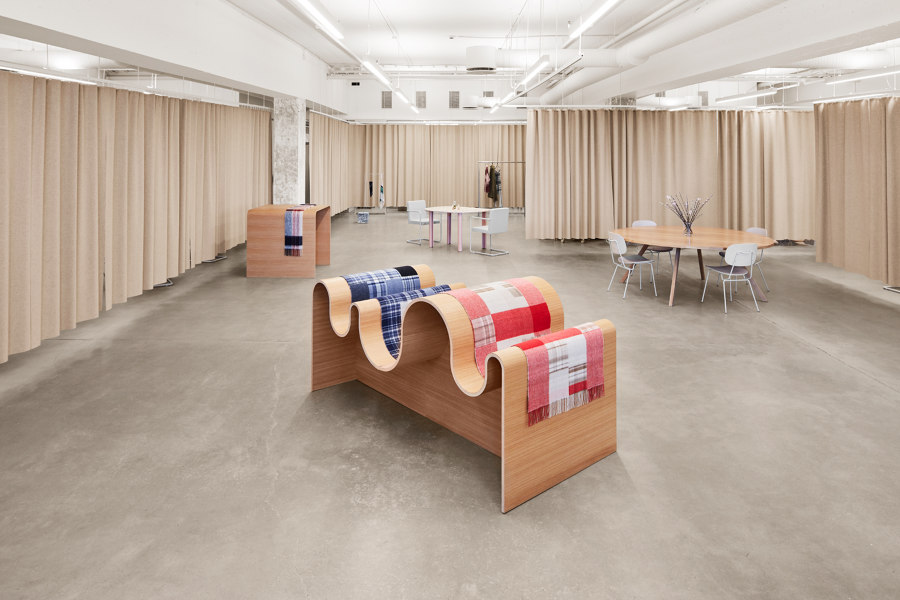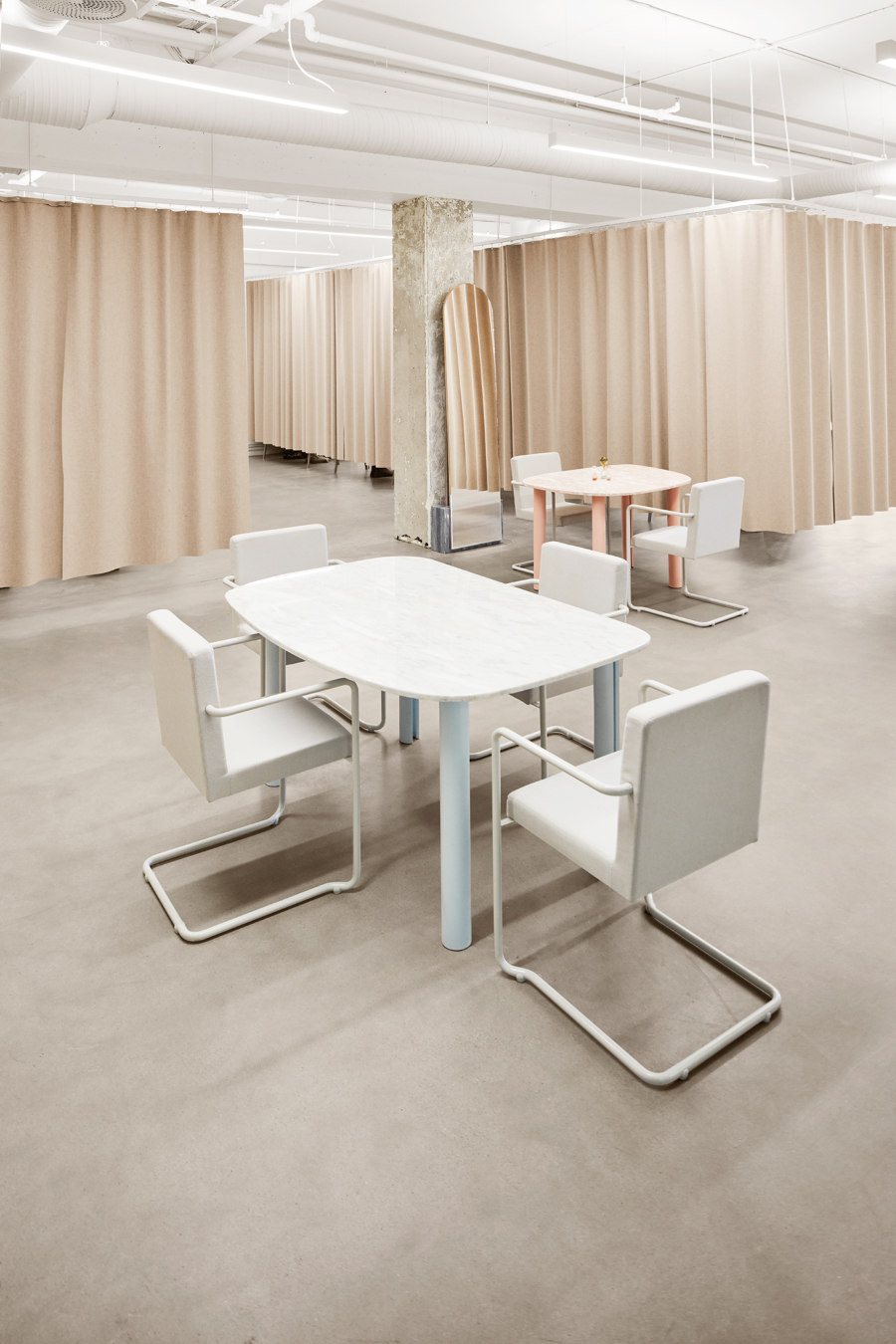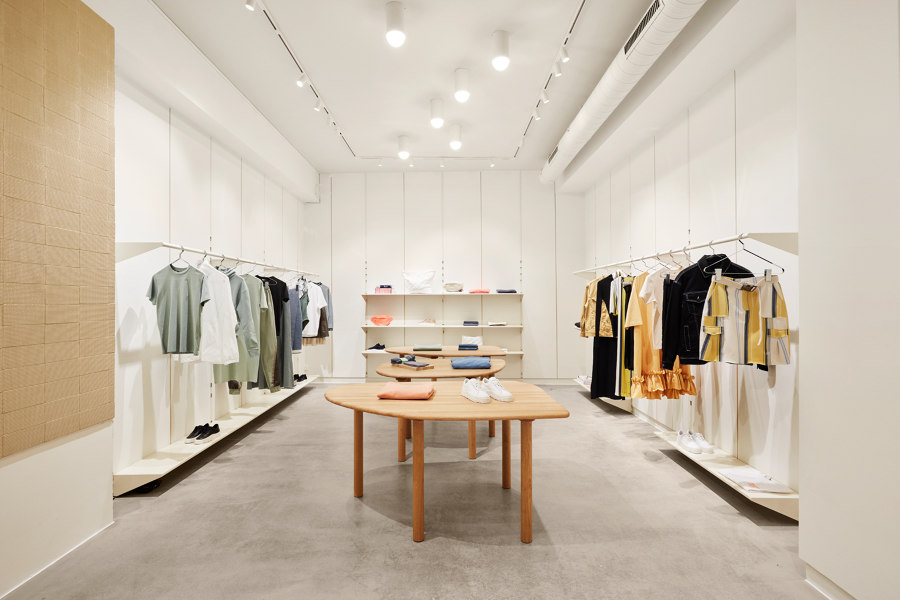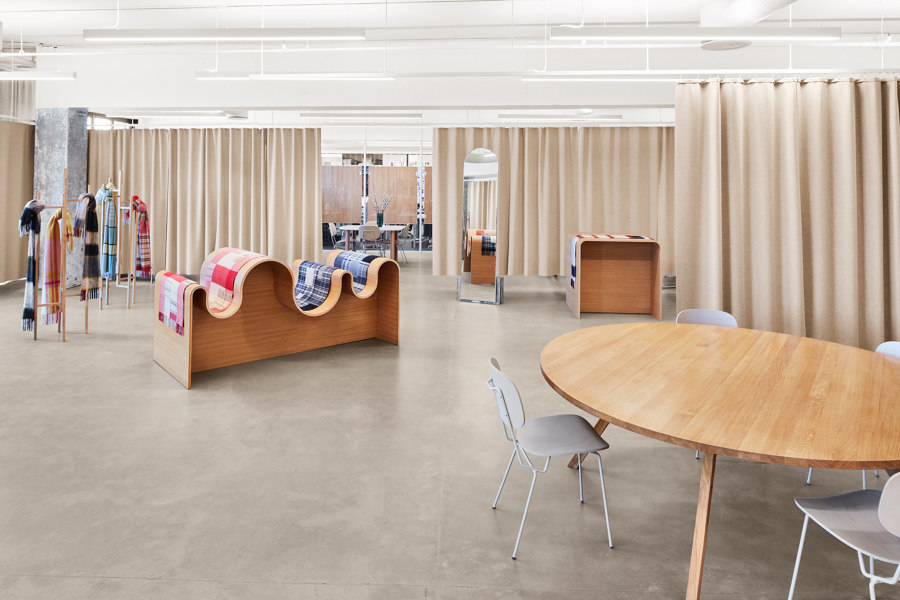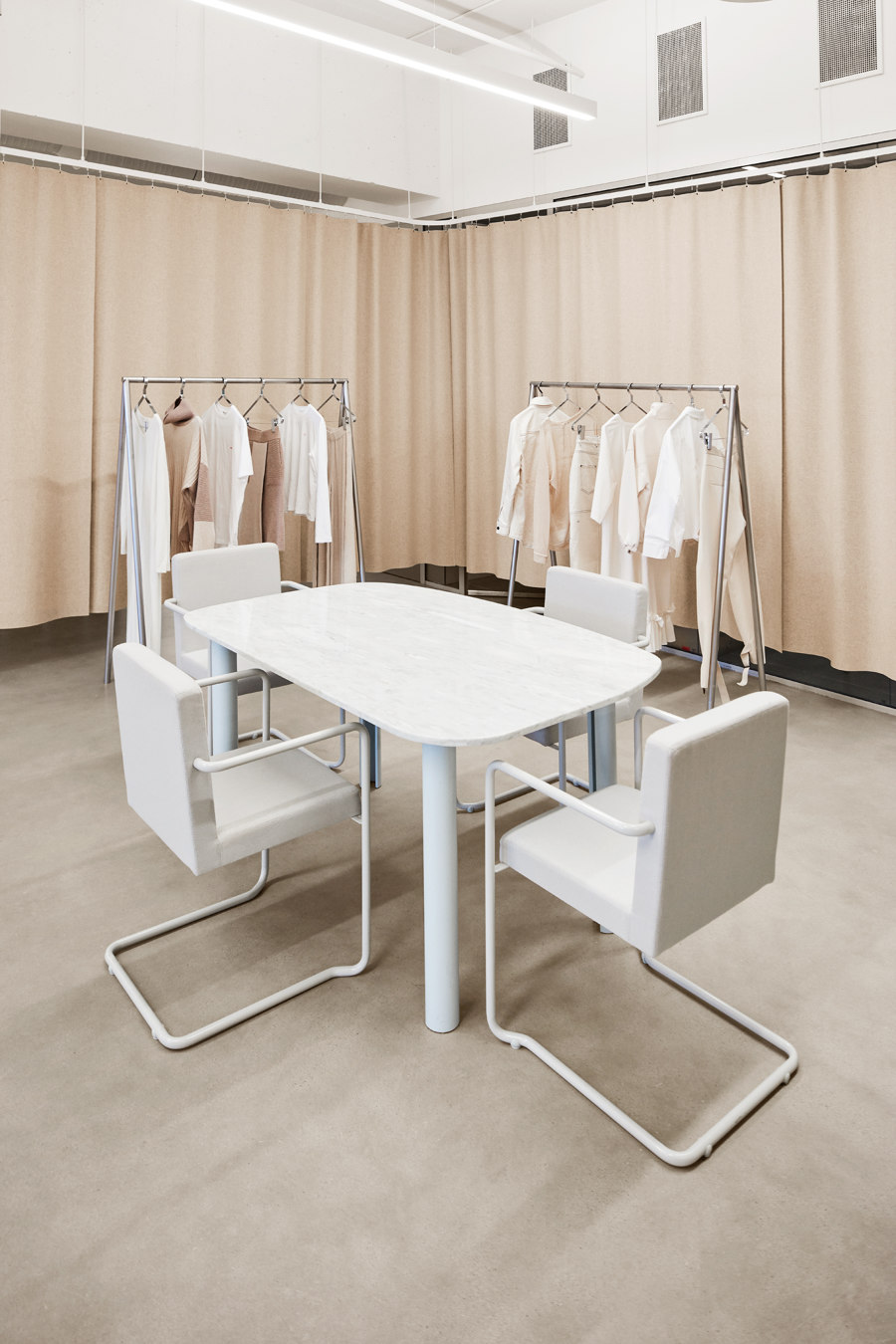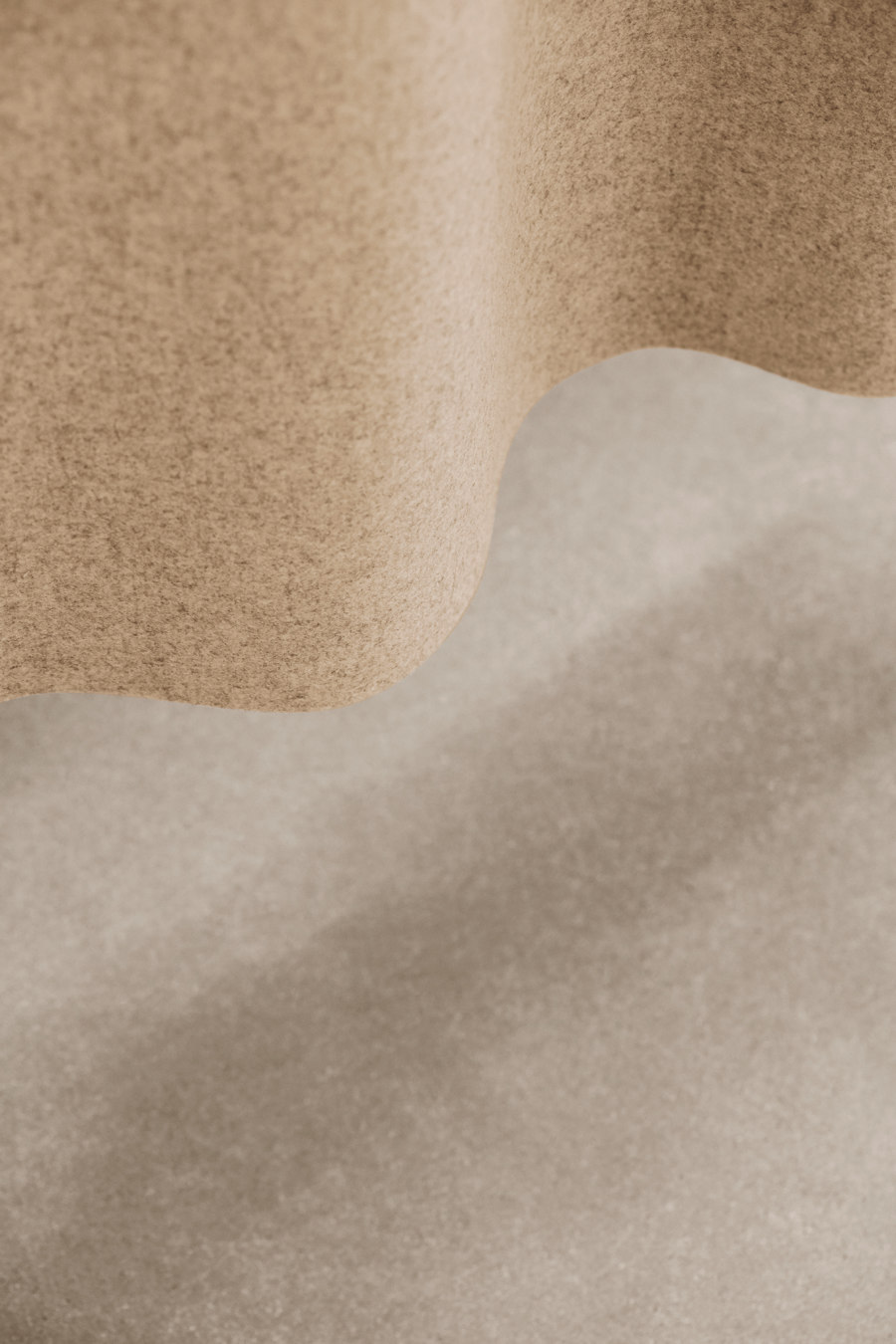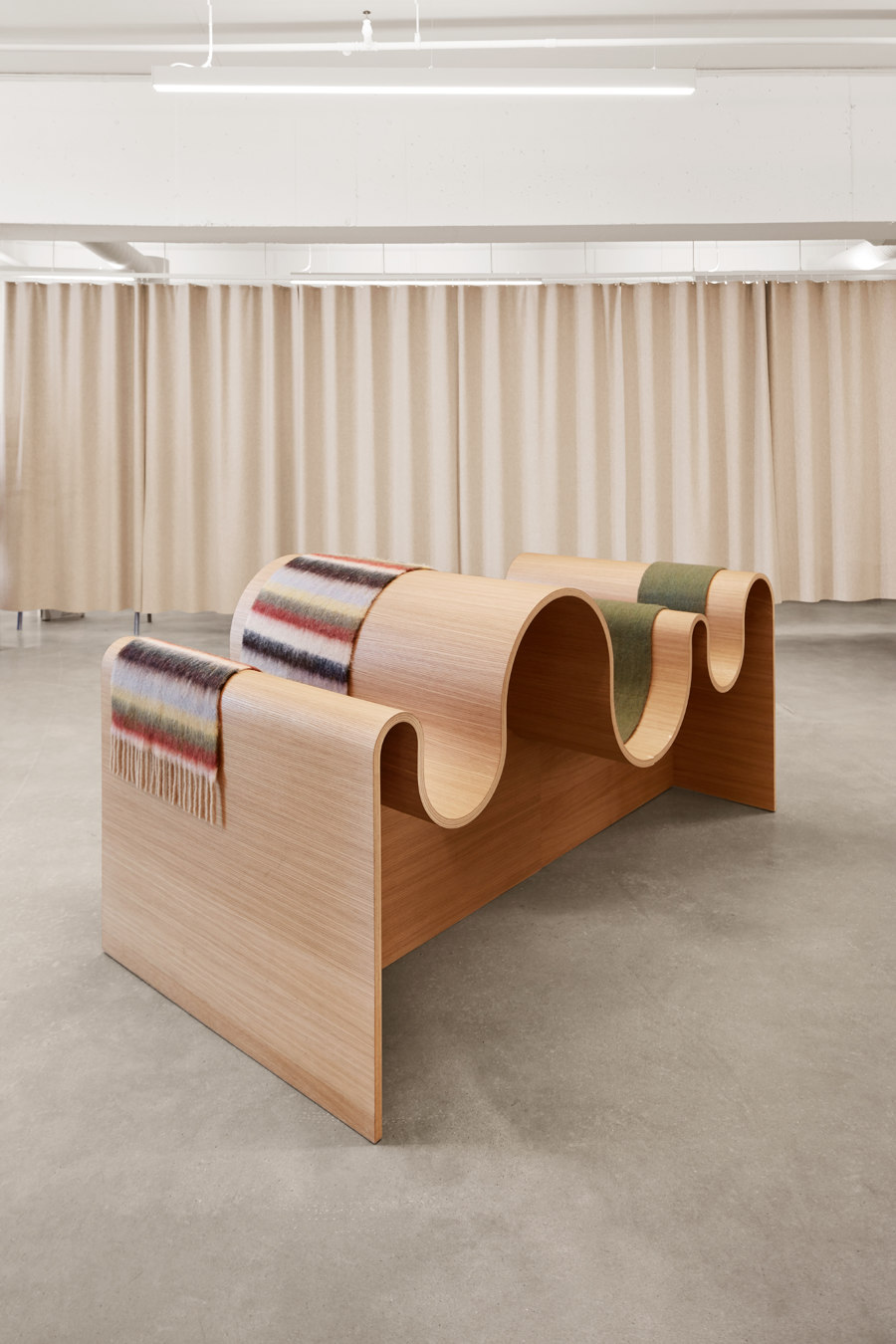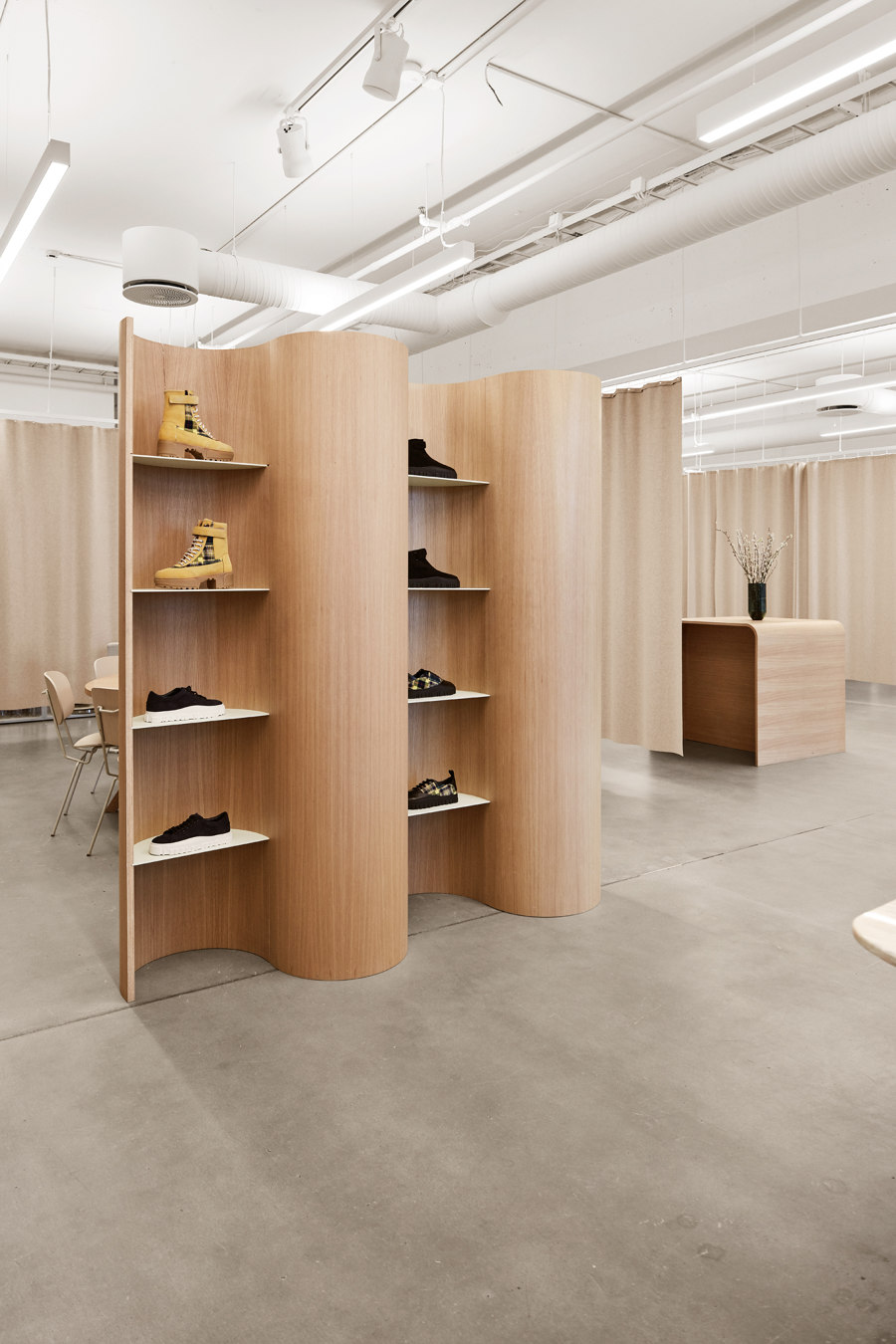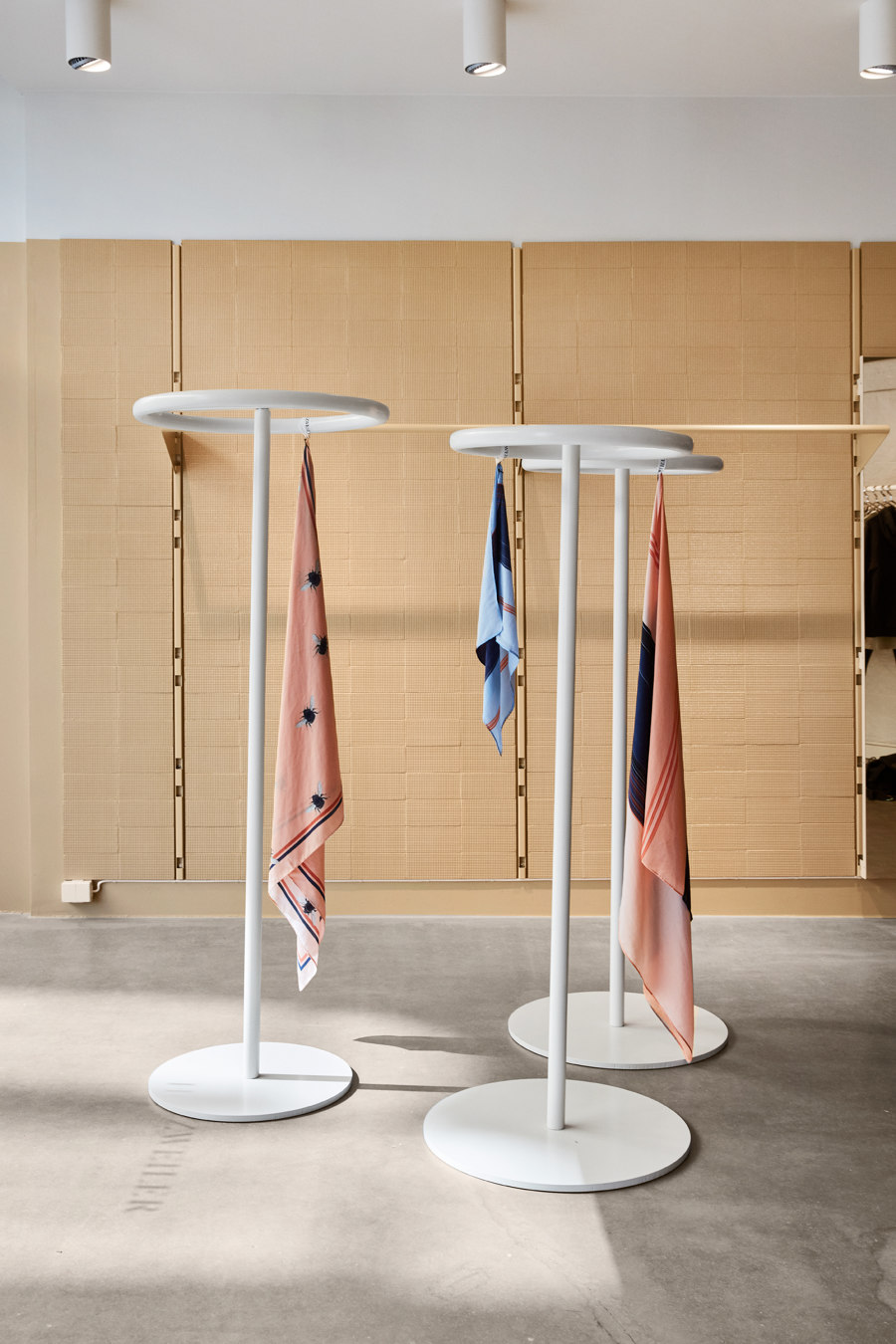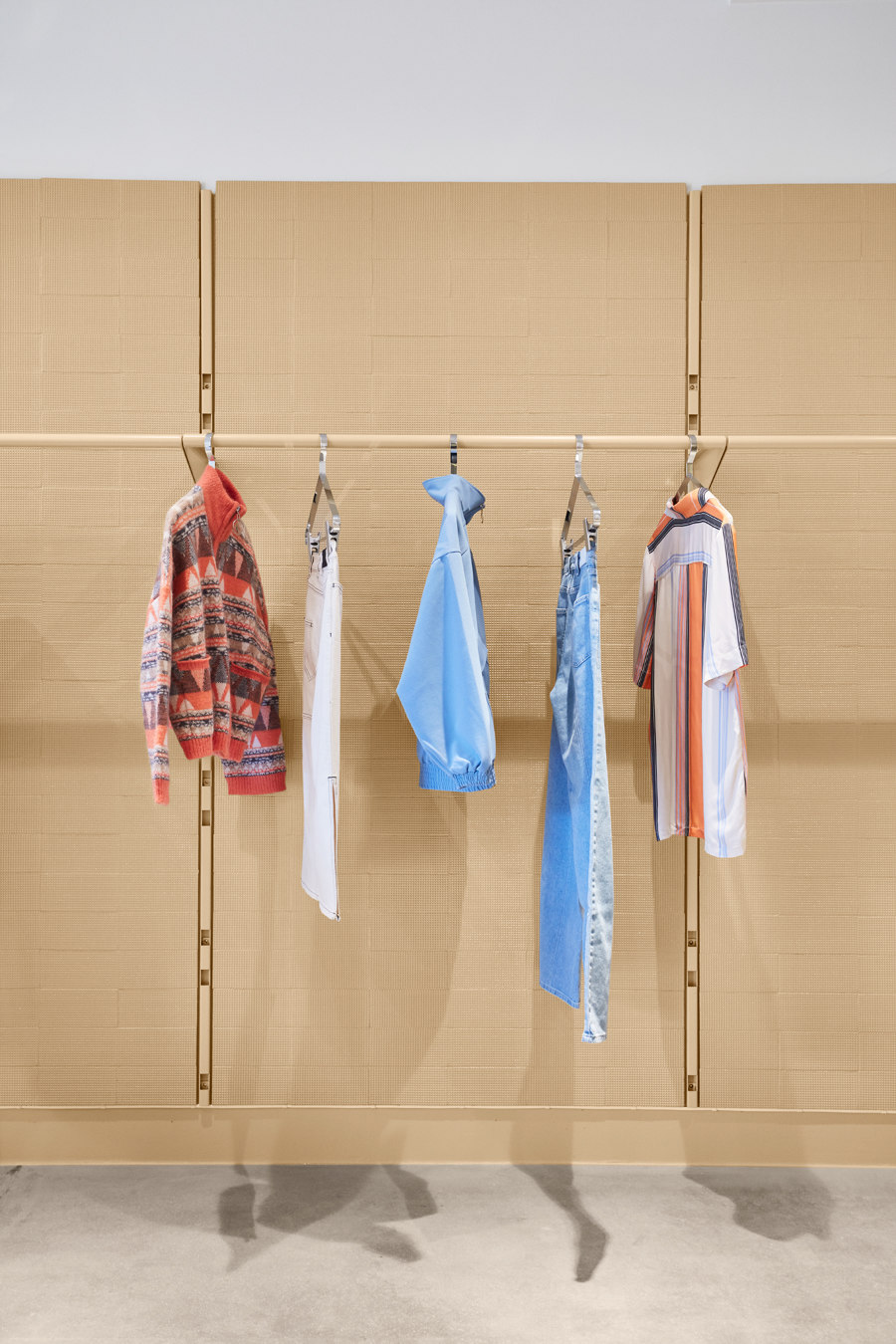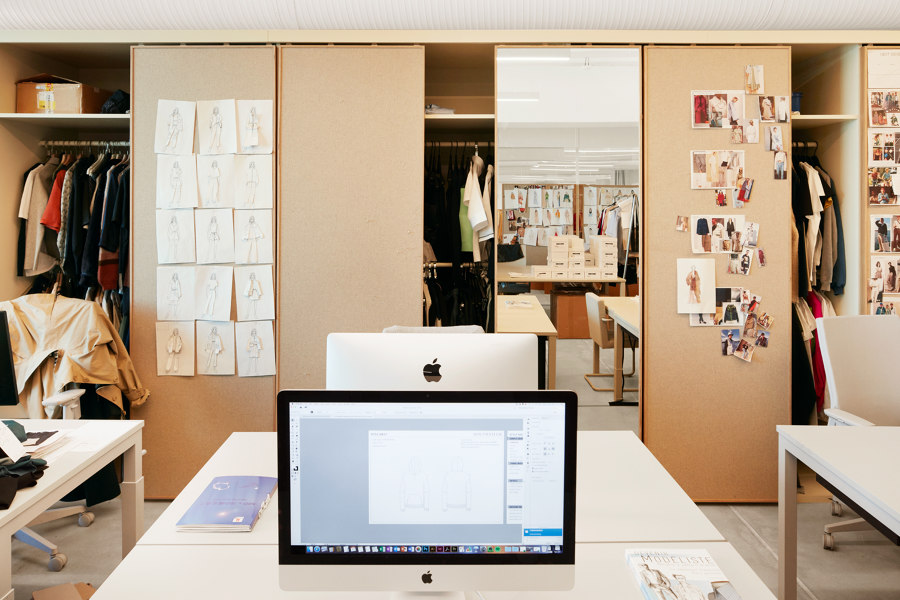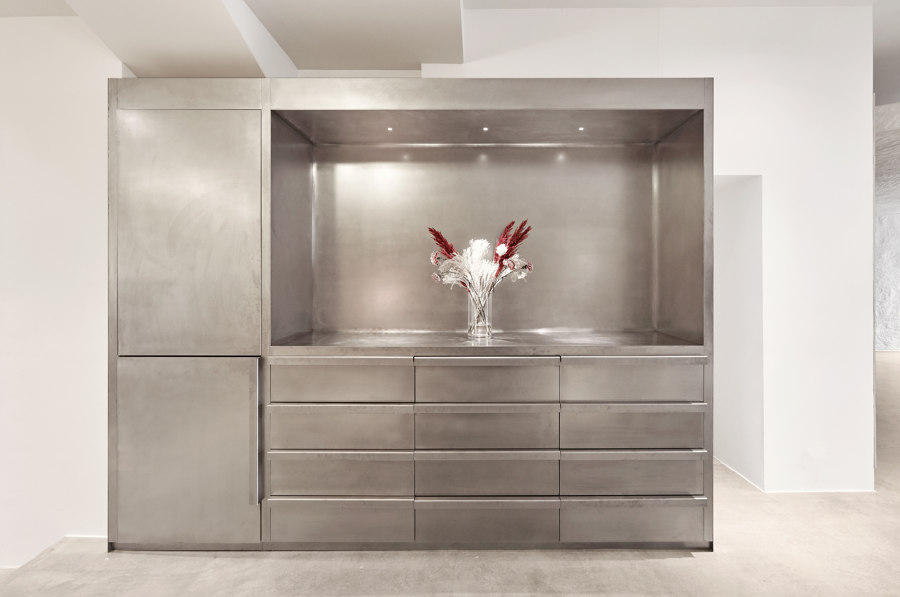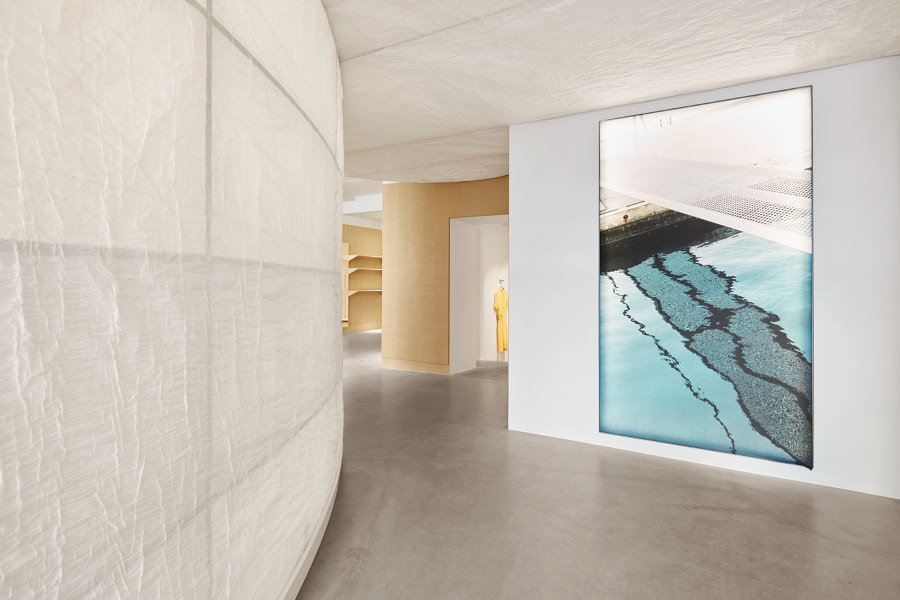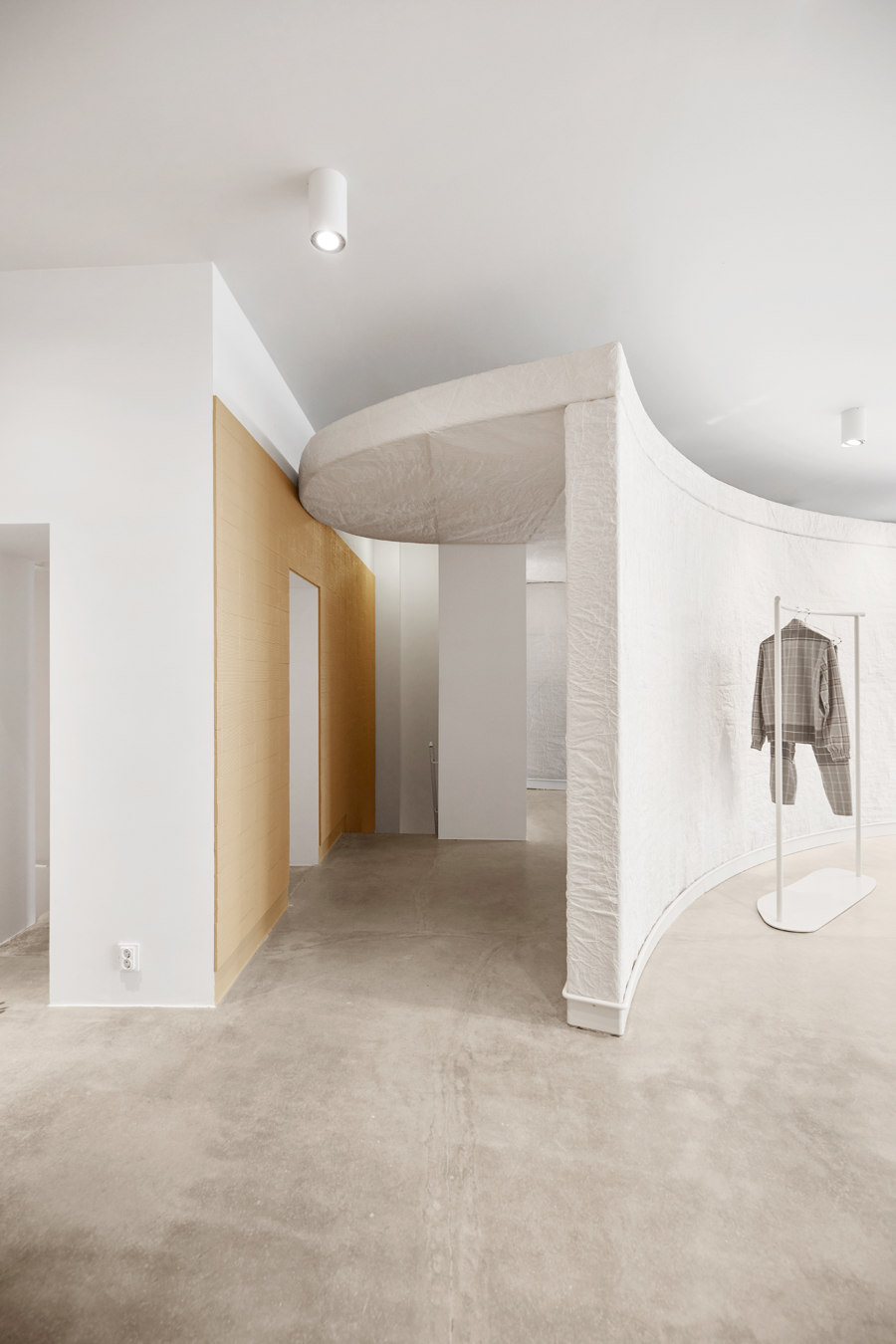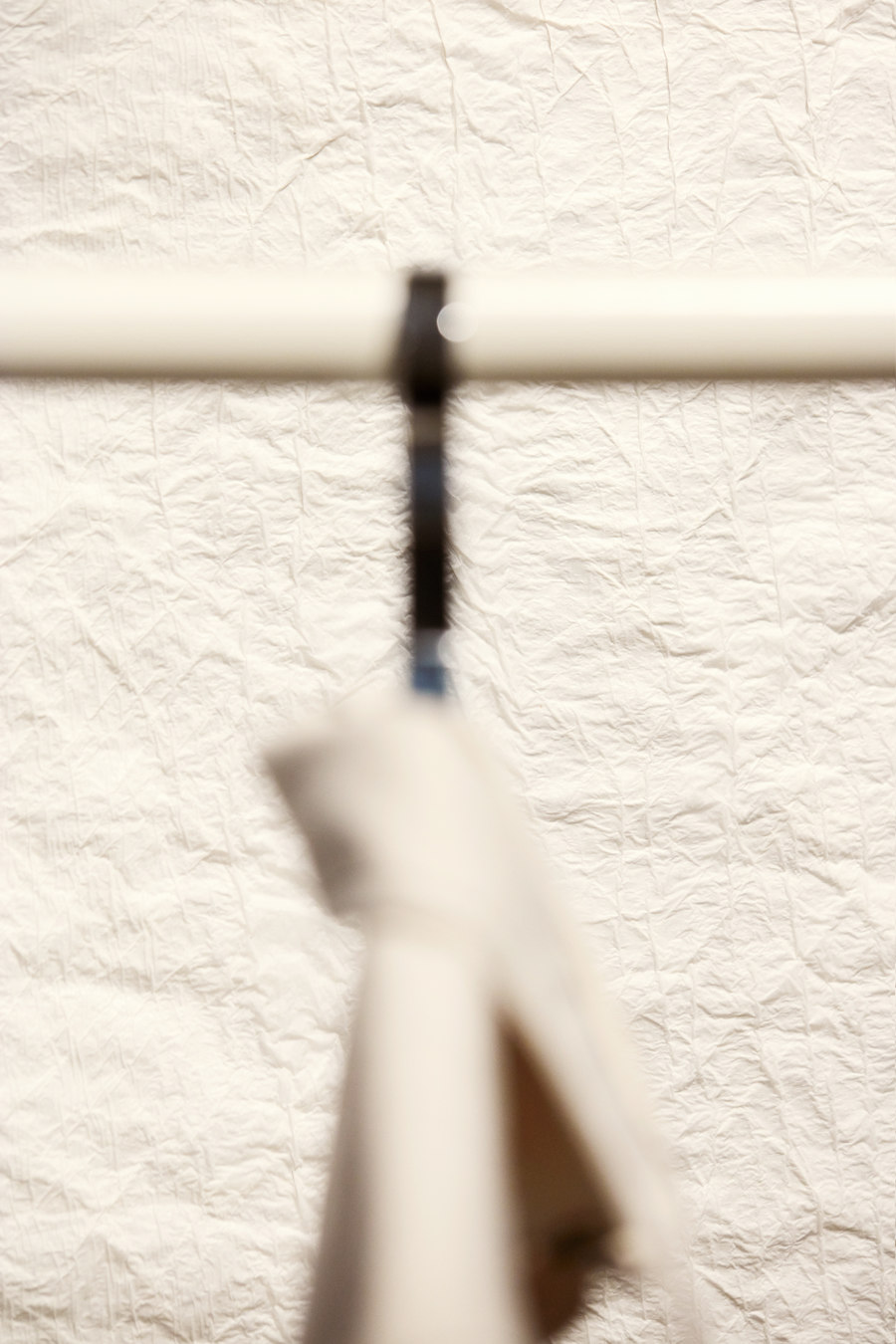Following a commission to design conceptual furniture for the Norwegian fashion brand Holzweiler’s showroom during Paris Fashion Week in the spring of 2018, the Snøhetta-Holzweiler collaboration has expanded into a holistic effort aiming to create a seamless retail experience for its global customers in both the digital and the analogue sphere. In the spring of 2019, Holzweiler’s new Snøhetta designed showroom, flagship store and digital retail channel were completed, aspiring to take the brand to new heights and expand their audiences.
“Clothes are an extension of the body, an expression of the self. The aim with the showroom, the flagship store and the online sales channel that we have designed for Holzweiler has been to create a seamless and holistic customer experience that brings the brand and people closer together. The collaboration has resulted in the design of distinctive physical and digital spaces where customers can explore the Holzweiler universe across several dimensions”, says Snøhetta Founder Kjetil Trædal Thorsen.
The concept for the development of the showroom, flagship store and digital retail channel was “interwoven”, referencing the handcraft behind the brand’s iconic scarves and other garments. It also works as a metaphor for the seamless, intertwined brand experience created through the three new spaces. Moreover, the term represents the intertwined nature of the collaborating disciplines employed in the project, from interior architecture and furniture design, to fashion, graphic design and web design.
Holzweiler Showroom and Design Studio at Lysaker
At Lysaker Brygge, a beautiful harbor and business area just outside Oslo, Snøhetta has created a new home for Holzweiler. The brand’s new headquarter has been designed as a multifunctional space, accommodating both a showroom and a design studio, as well as offices in which the broader Holzweiler team can work. The renovation has transformed an open location in front of the Oslo fjord into a welcoming and flexible space that facilitates showcasing of Holzweiler’s fashion items and adapts to the brand’s ever-changing needs across seasons and collections.
The biggest part of the space is the showroom where guests are invited to examine the upcoming collections that are displayed on site. Mounted on the ceiling is a series of wool curtains that add warmth and an element of surprise to the space. The beige felt curtains can be pulled along a grid in the ceiling to create both larger and more intimate rooms, rooms to work in and rooms for meetings and discussions. In this way, the curtains provide temporary and ever-evolving backdrops to the collections. The room’s existing columns and floor are made of grinded concrete which give depth to the existing surfaces.
To further promote the flexible outline of the space, Snøhetta has designed different types of furniture that can be used in various ways across the showroom. An undulating furniture series originally designed for the showroom in Paris is used to showcase scarves and shoes. The shape of the furniture references the curves and fluidity of the human body on which the scarves are worn. Its warm woodwork and organic shapes are picked up in large and small curves, as well as in round oak tables that can be used for meetings and meals. Irregularly shaped tables made of Norwegian marble adds a sense of cool elegance to the showroom, while curved mirrors pick up the organic shapes of the furniture.
The design studio is located in a daylight-flooded room with a great view of the fjord, overlooking the showroom through large glass windows. A flexible storage system has been developed with walls made of mirrors and idea boards where the designers put up suggestions for new garments and exchange sketches and ideas. In this way, the space is promoting both analogue and digital craft and collaborations.
Like a modern-day factory, with its warm yet at the same time industrial feel, the showroom creates an environment where ideas can be shared and tested and where creativity and collaboration can thrive.
Holzweiler Flagship Store in Prinsens Gate
The first Holzweiler flagship store in Prinsens Gate in Oslo embeds the concept behind the design of the showroom, yet is adapted to be a more clear-cut retail space. Upon entering the store, guests are welcomed by an unconventional, curved passage made of paper that lends a serene ambience to the store. The entrance resets the visitor’s mind and allows them to enter the space at the heart of the store. Visitors are then greeted by a room covered with 3,000 handmade, ragged, mustard-colored tiles that create a warm and vibrant backdrop for the displayed garments.
Central to the brand’s identity is the grid structure that can be seen in the stripe and square pattern typically found in the brand’s scarves and other central garments. The notion of the grid has been picked up and developed in various ways throughout the design of the three new brand surfaces. In the showroom, the curtain grid references the pattern from the scarves. In the flagship store, a flexible shelf system throughout the store is based on the same grid.
The store’s custom-made furniture picks up on the materiality from the showroom with its organic shapes and use of warm oak, adding a contrast to the finely polished concrete floor. The point of sale is a brushed, stainless steel cabinet placed alongside the wall. The look and placement change the dynamic of how customers interact with the staff, and allows for a more natural interaction, placing the personnel next to the customer instead of hidden behind a counter.
Holzweiler’s Digital Retail Channel, Holzweiler.no
Holzweiler’s digital retail channel, holzweiler.no, is the brand’s primary platform for its global audience and the main brand platform internationally. The website has been redesigned to create a seamless integration of the Holzweiler brand stores and its digital retail channel. The website design allows customers to explore the brand universe while at the same time making it easier to shop the clothing that is displayed throughout its content stories and physical stores.
The website is based on the same conceptual design thinking as the showroom and flagship store. A visible and flexible grid that mimics the pattern of the iconic Holzweiler scarves exposes the underlying construction of the site and gives the site an almost industrial expression. The site is built as a modular solution in which the visibility of the “seam” highlights the site’s flexible design layout and allows the site to be easily altered to accommodate for new needs and ever-changing collections.
The new design allows flexibility to adapt key color palettes reflecting the shifting collections and seasons, and to build thorough stories and content around each garment. The site also promotes the use of video instead of images, making the site more alive and dynamic. Following its redesign, the website has become a tool that enables the team to adapt to differing needs while maintaining a strong brand identity.
Creating Compelling Spaces
The collaboration between Snøhetta and Holzweiler is pushing the boundaries for and blurring the lines between retail in the digital and the analogue sphere.
“Running a store isn’t merely about sales alone anymore. With the new showroom, flagship store and digital retail channel we wanted to create spaces that tell a story and that strengthen the relationship between Holzweiler and our customers. We still believe in physical retail, but we think that it needs to be paired with compelling digital retail experiences that can create synergies with the physical stores and enhance the brand universe”, says Brand Director Susanne Holzweiler.
The interwoven Holzweiler universe can be explored through the showroom at Lysaker, the flagship store in Prinsens Gate in Oslo and on holzweiler.no.
Design Team:
Snøhetta
Client: Holzweiler
